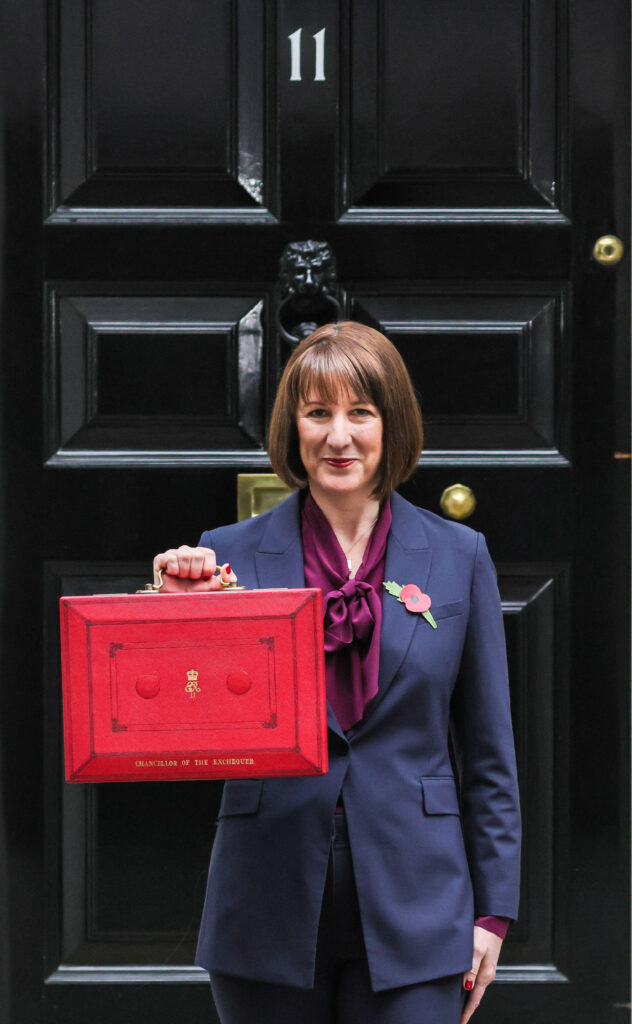
This week’s Spring Statement was not meant to be a big moment.
Rachel Reeves has been clear that she wants to have just one major fiscal event each year (the Autumn budget) – not least to avoid creating further uncertainty for business.
However, the OBR is expected to confirm that almost £10bn in ‘fiscal headroom’ – the amount the Chancellor can borrow from down the back of the Exchequer sofa before hitting the self-imposed limits of her fiscal rules – has disappeared since the Budget just five months ago.
So, as the Chancellor looks to reassure business and the markets that she is in full control of the fiscal situation, the Spring Statement will have to do some heavy lifting.
In other words, we can expect to see spending cuts. Big ones. Much of the substance is already out there – scrapping NHS England and cutting the welfare bill are the first steps in a wider programme of savings the Government will look to make, with unprotected departments being asked to model up to 11% cuts in day to day spending.
Much of this will be difficult for backbench Labour MPs – under pressure from their constituency party members, as well as trade unions – to get behind, and the Chancellor and her team are spending much of their time making the case to PLP members, as well as the media and wider public.
The Chancellor’s top line message this Wednesday will be that she is in control of public finances – it’s a message aimed at both the electorate and the financial markets.
But there are two further key arguments that Rachel Reeves wants to land on Wednesday:
That the loss of fiscal headroom is a result of global economic headwinds. The opposition will argue that sluggish growth and rising borrowing costs are a result of a loss of business confidence, and the direct impacts of the Autumn Budget NICs and Living Wage rises.
That cutting spending – rather than tax hikes on business or wealth, or changing her fiscal rules – are the right medicine. Labour backbenchers and internal stakeholders will put pressure on the Chancellor from the left. To an extent the PM and Chancellor will tolerate this, as it does their reputation for fiscal discipline no harm. But they will want to avoid more moderate members of the PLP being drawn into rebellion.
At a glance – what we can expect:
So what comes next?
This all depends on whether these cuts are enough to enable the Government to deliver on its priorities within the bounds of the fiscal rules, as we rumble on towards the Spending Review in June, and beyond it, to the next Autumn Budget later this year. Given the full impact of Donald Trump’s tariff wars are yet to be known – all eyes will be on April 2 when reciprocal VAT tariffs kick in – making confident predictions is a mug’s game.
And could there be more yet to come on welfare? Whilst the PLP were up in arms about PIP cuts, some with insider knowledge of the scale of the welfare challenge say there is much more scope for further reform to deliver savings while incentivising work.